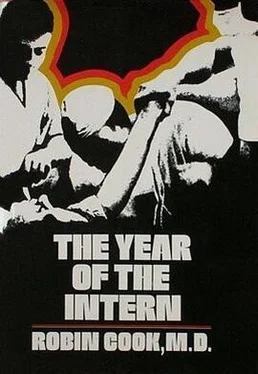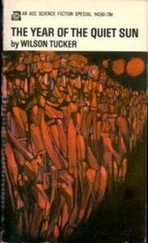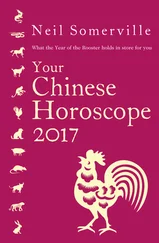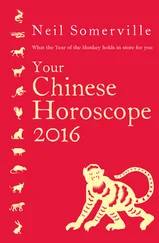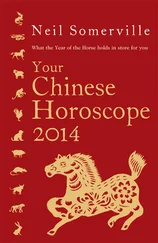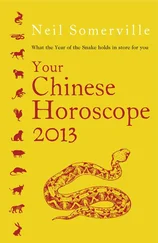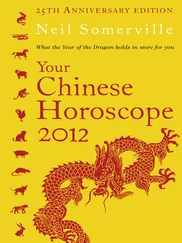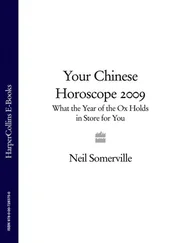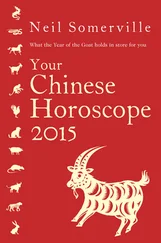“By golly, there’s hope for you yet,” he said in jest, not knowing how sweet the words were to me. As I repeated the maneuver, muscles and fat parted and, retracted. Some bleeding followed, but not much.
“Forceps.” The nurse gave them to me, and a pair to the surgeon. I lifted one side of the incision, he the other. At this point we were very close to the thin, peritoneal membrane that forms the lining of the abdominal cavity. We were lifting now to protect the underlying organs as I pushed in the blade of the scalpel. Pop! A hole appeared in the abdomen, and I let go of the forceps.
“Keep the forceps,” Simpson suggested, “and cut while you can see.” I tried, going carefully because the liver and intestines were clearly visible in the widening incision. It worked fine. Then, for the lower end of the incision, I had to change the technique. Dropping the forceps, I slid my hand into the wound and opened the rest of the peritoneum by cutting between my fingers. My heart was racing. I didn’t feel tired now, nor did I notice the clock, the radio, or the anesthesiologist. I was scared but determined. Simpson felt around, then I did, then the resident, and the resident took the retractors as I moved down to give him an open view if he wanted it. I also tried to follow Simpson’s technique with the abdominal tapes. He helped me with the last one, and then with his hand he rolled the duodenum far enough that I could see a smooth curve of tissue stretching from the top of the duodenum to the gall bladder. After clamping the gall bladder and pulling up, I used the Metzenbaum scissors to push down the delicate tissue. An artery was in there somewhere, the cystic artery, which carried blood to the gall bladder. Mustn’t cut it.
The muscles of my neck were hard as rocks as I bent far over, trying to see clearly. Simpson told me to straighten up or I wouldn’t last fifteen minutes. The artery appeared — about the usual size for a cystic artery — and I isolated it with a gall-bladder clamp. A tie went around, and I took the ends. First throw. I ran it down with my right index finger. Good. Second throw. Down. How much tension should I put on the thread? That was enough; I didn’t want it to break. One more throw, just to be sure. With the help of the gall-bladder clamp, another suture went around the cystic artery. This time I had to make the tie way down, close to the hepatic artery going to the liver. The cystic artery branched from the hepatic artery, and by pulling slightly on the suture already tied around the cystic artery I could see the wall of the hepatic artery. In fact, I could even see the branch going to the right side of the liver. That made me feel better, because there was always the danger of confusing that bugger with the cystic artery and tying it off.
I was quite concerned about this second knot on the cystic artery. It was the single most important tie of the whole operation. If it fell off some days later, the patient could bleed to death internally. With this in mind, I ran down the first throw and then peered into the hole. It looked okay. Involuntarily, I glanced at Simpson, who didn’t complain. So I finished it, and then cut through the artery between the ties, beginning the isolation of the gall bladder.
Next came the cystic duct, through which the bile normally flows. I handled it the same way, tying it with two sutures and then cutting between the knots. Once the gall bladder was isolated, I tensely ran a scalpel lightly around its bed so that just the outside layer of glistening tissues parted. With the scissors, I began to lift the gall bladder away from the liver.
“He’s making this look difficult,” kidded Simpson. “If he takes much longer, the thing will develop gangrene.” I hardly heard him. The whole operation was only twenty-five minutes old.
With one more gentle cut and a tug, the gall bladder came free. I plopped it in the pan proffered by the nurse. With her other hand she gave me a needle holder with 3–0 chromic suture. Picking up the tissue from the edge of the gall-bladder bed and pulling it over the exposed hepatic duct and right hepatic artery, I took a stitch and tied it down firmly. Too firmly. The suture broke. Another, same place, tied this time with more care, less tension. Then with a running stitch I closed the gall-bladder bed.
After removing the towels used to separate the gall-bladder area from the other internal organs, I began to close. The nurses started their sponge and instrument count to make sure I hadn’t left anything behind. All was in order. Carefully I identified all the levels of the abdominal wall, especially the tough fascial layer, which had retracted back out of sight. Stitch after stitch went into the wound, with both the surgeon and the resident helping me tie. I dug the curved needle into the lower side, took it out through the incision, repositioned it with my left hand, then through the upper side. Layer by layer I closed the incision, as if shuffling a deck of cards, watching them snap together and overlap. Finally the skin. When it was over a soaring confidence came over me, like the feeling you get at the end of a good wave when your board breaks out of the white water. As I snapped off my gloves, the resident returned my earlier compliment. The world was mine.
Accompanying the patient down the hall to the recovery room, I was still on a high. Two nurses took charge of the patient while I wrote postoperative orders and dictated the operative note. Then the fatigue came back, hard. I was hungry, too, and I decided to eat, because I hadn’t had anything but those two slices of bread since supper the night before, nineteen hours ago; it was 2:00 P.M.
Outside the hospital it was pouring rain; had been all day, I guessed, since water was standing in the low spots. The sky swirled with gray clouds chased in over the island by strong kona winds. It was raining so hard I could barely see the coffee ship a hundred yards away. As I ran the breeze ruffled the puddles of water collected under the overhang. I felt my luck go off a little when I saw Joyce across the room, and, sure enough, she immediately came over to join me. With plenty of other people near us busily talking about the rain, the Hula Bowl, and what not, Joyce said little at first, which suited me. Then, as if by signal, everyone else left and Joyce started in.
“Have you been thinking a lot?” she asked.
“About what?” I was curious.
“You know, about us, like you said you’d do.”
“Oh, about us. Yeah, I’ve been giving it some thought,” I said.
“Well, I have, too,” she added, sitting up a little. “And I think we should be more open with each other.”
“You do, huh?” I was slightly sarcastic, but not enough for her to notice.
“We just haven’t been telling each other enough about our feelings and our thoughts,” she added.
She was wrong there. She had been telling me too much, especially about how terrible it was sneaking down those back stairs. Uneasily, I realized she was only a step from proposing an instant cure to sneaking around — marriage. She was slightly out of control.
“You had been telling me what was on your mind pretty well,” I said. “You never stopped talking about those stairs and how lousy everything was.”
“Well, that was getting very uncomfortable,” she said righteously.
“Uncomfortable. Well, that’s true. Why don’t you do something about your Miss-Apples-and-TV so we can go to your apartment like normal people?”
“My roommate has nothing to do with it.”
“Your roommate has a lot to do with it. If it weren’t for your roommate, we could stay over there at your apartment, and you wouldn’t have to sneak down the stairs.”
“You don’t care about me at all,” she said petulantly.
Читать дальше
